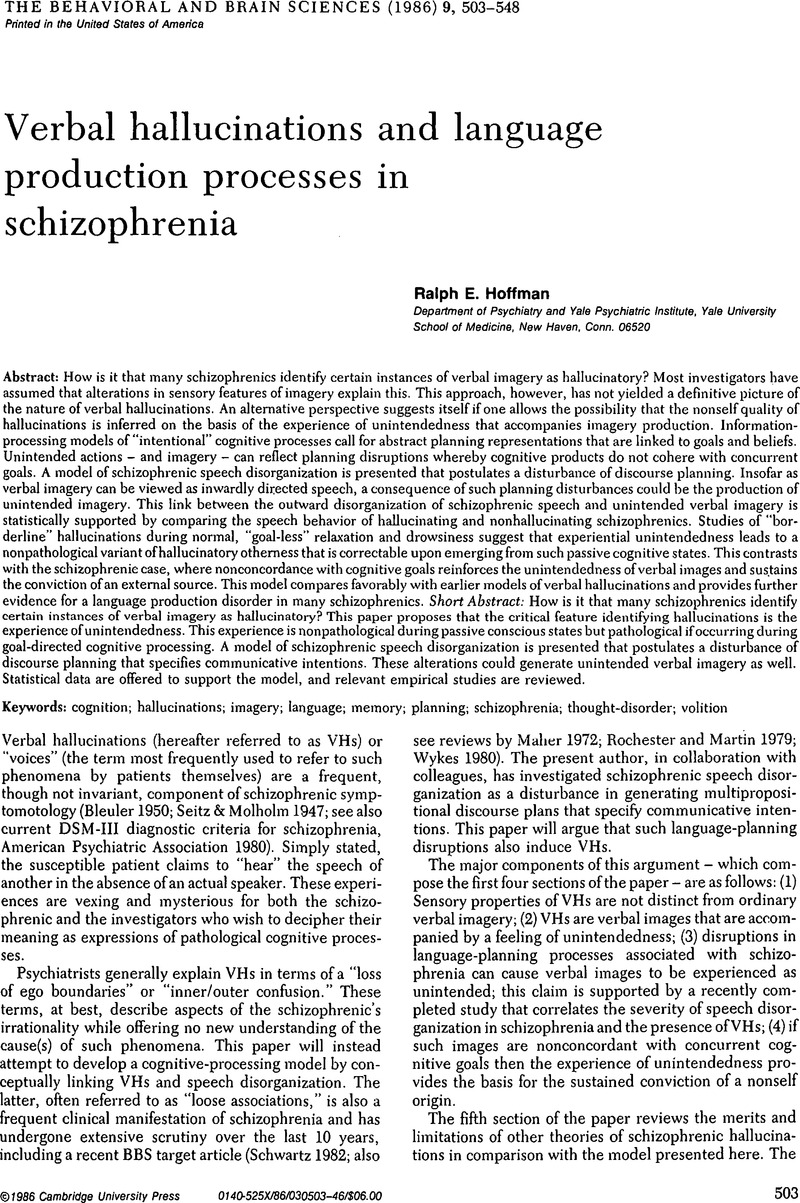Bracha, H. S.,
Bigelow, L. B.,
Cabrera, F. &
Wyatt, R. (
1984) Spatial location of visual hallucinations suggests dominant hemisphere temporal lobe dysfunction in schizophrenia. Presented at annual meeting of Society of Biological Psychiatry, Los Angeles. [PF]
Google Scholar 